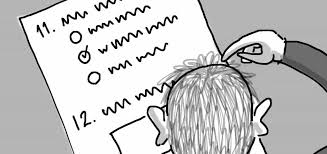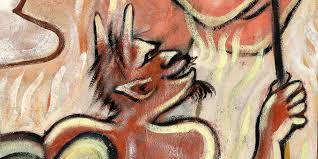A Reversal in Attitudes toward Religion?

Google Image I often mention the “nones” in these blogs. Those are people – mostly under the age of 40 – who enter “none” when asked on surveys which religion they profess. Surveys during recent years have shown a dramatic increase in their numbers as well as a decrease in church attendance and church membership, especially among the mainline Protestant denominations (Methodists, Presbyterians, Episcopalians, etc.) Now comes t he new "2020 Census of American Religion" from the Public Religion Research Institute. Perhaps its most surprising finding is that the steady rise in the percentage of Americans who have no religious identification has slowed and even reversed. The increase in proportion of religiously unaffiliated Americans had occurred across all age groups but had been most pronounced among young Americans. In 1986, only 10 percent of those ages 18–29 identified as religiously unaffiliated. In 2016, that number had increased to 38 percent but declined in 2020 t



